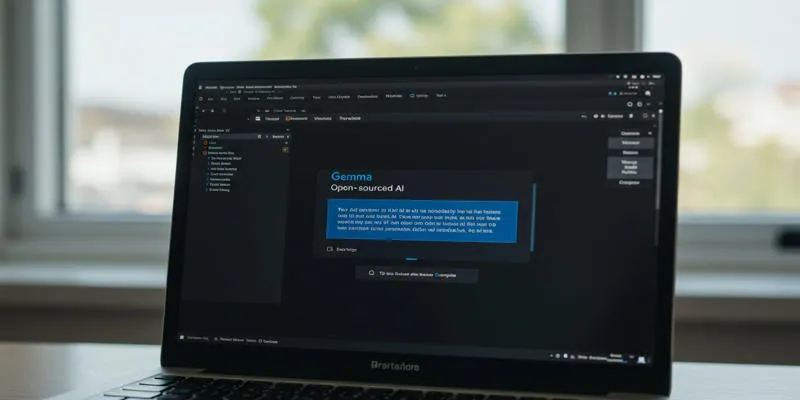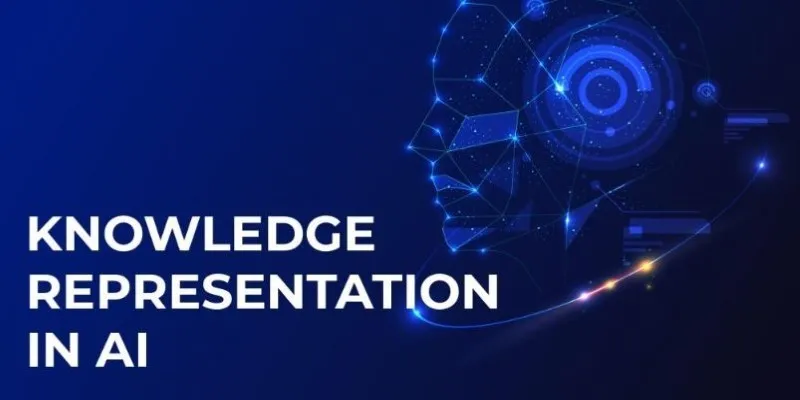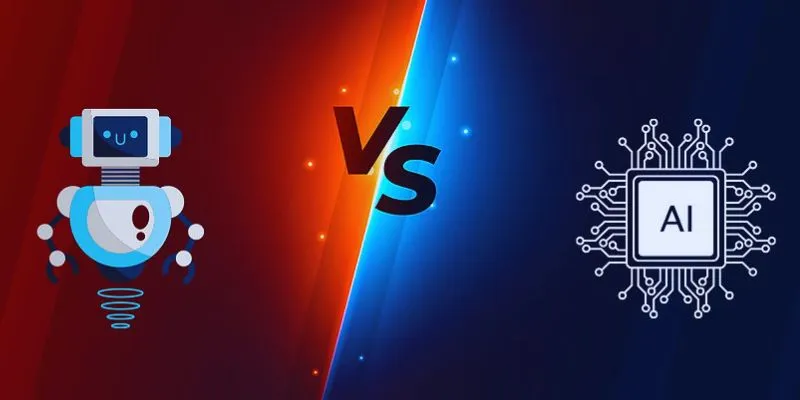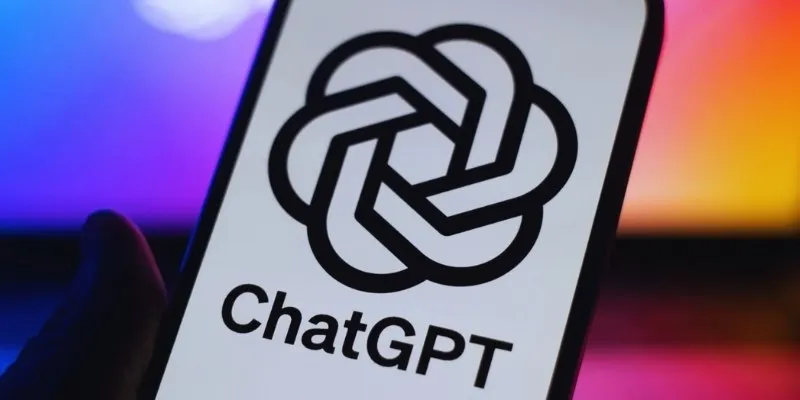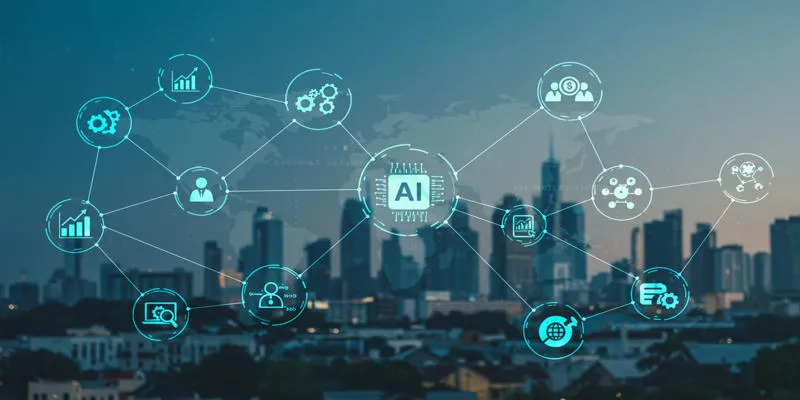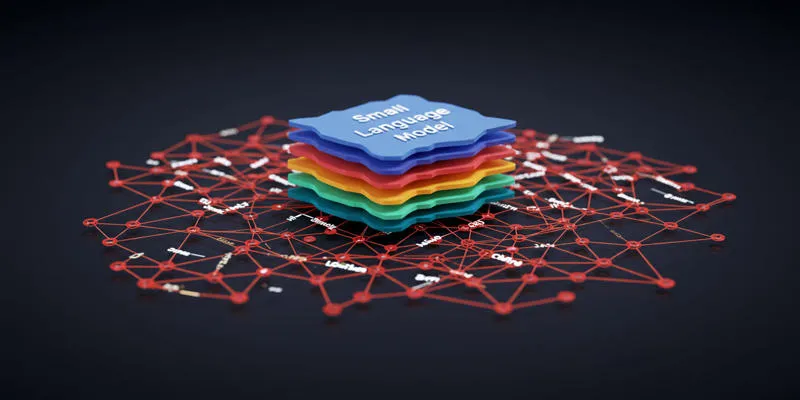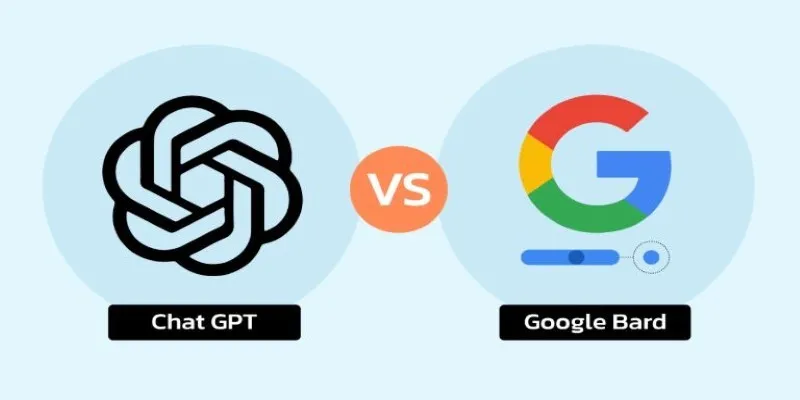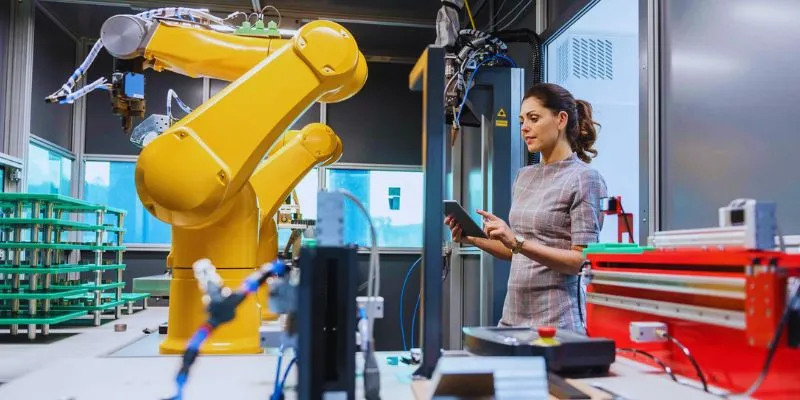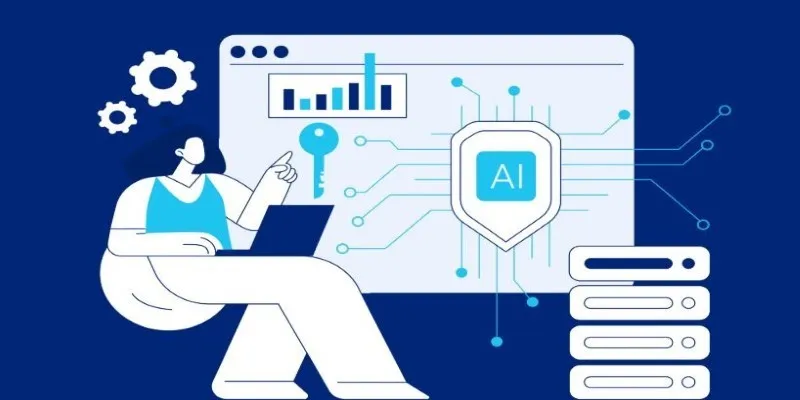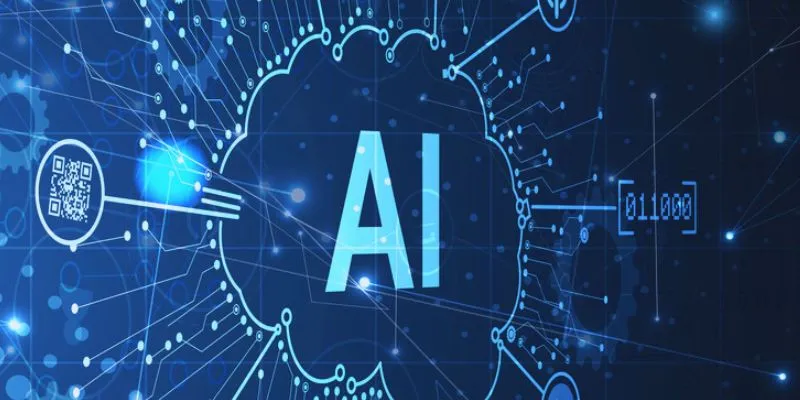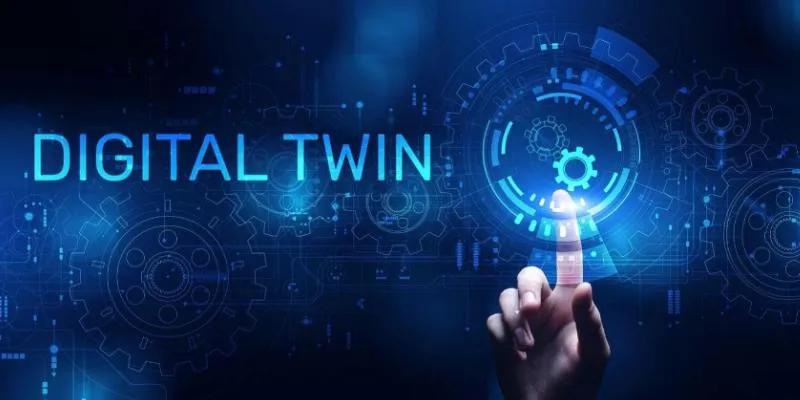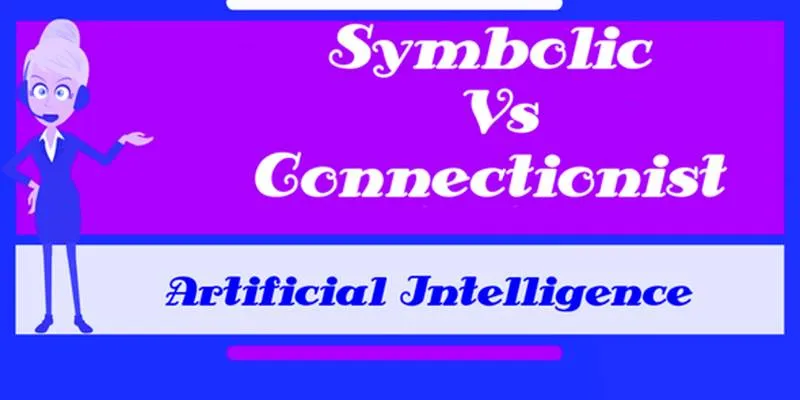When it comes to AI, bigger has always been equated with better. Larger models promise smarter outputs, broader knowledge, and more nuanced language. However, OpenAI’s launch of GPT-4o Mini disrupts that narrative. Instead of chasing size, they’ve shifted focus toward something smarter: efficiency, accessibility, and practicality. GPT-4o Mini isn’t about breaking records for scale—it’s about delivering real-world results without overburdening resources.
With growing concerns about the rising costs and environmental impact of massive models, this compact version offers a refreshing change. It proves that powerful AI doesn’t need to be colossal; sometimes, thinking smaller yields greater innovation. Could this mark a new era in AI development? Let’s explore.
Rethinking the Role of Smaller AI Models
Smaller AI models aren’t a novel concept, but they’ve often been sidelined in favor of larger, more complex systems. The OpenAI GPT-4o Mini represents a change in thinking: that size is not the only determinant of quality. Compact models like this can deliver impressive results, especially when optimized architecture and training techniques are used.
GPT-4o Mini was designed to handle a wide range of tasks without sacrificing speed and efficiency. Its reduced computational demand is one of its major strengths. Larger models require massive amounts of energy and advanced hardware to function smoothly, limiting access to well-funded corporations and tech giants. In contrast, smaller models like GPT-4o Mini offer greater accessibility to everyone, enabling small businesses, independent developers, and even individual users to utilize advanced AI without prohibitive costs.
This launch also signifies a commitment to sustainability. Discussions around the environmental impact of AI systems are becoming increasingly prominent. Smaller AI models such as GPT-4o Mini will become the more responsible alternative as they minimize carbon footprints while using less energy. It shows the world that AI development can prioritize performance, sustainability, and equity of access.
Balancing Efficiency and Capability
A common criticism of smaller models is that they lack the depth and versatility of their larger counterparts. However, GPT-4o Mini defies this assumption by offering an impressive blend of capability and efficiency. While it may not match the raw computational firepower of larger models, it compensates by being more adaptable in constrained environments and faster in delivering responses. This makes it ideal for use cases where speed and cost- effectiveness matter more than exhaustive depth.

Developers working with resource-limited setups or devices that can’t handle heavy processing loads will find GPT-4o Mini particularly appealing. This model allows AI-driven applications to run on edge devices, mobile platforms, and lightweight servers—places where larger models struggle. With more refined processing, GPT-4o Mini achieves high-quality outputs without overburdening systems.
Another advantage lies in customization. Smaller models tend to be easier to fine-tune and deploy for specific tasks. Whether it’s customer support chatbots, language translation tools, or content generation platforms, smaller AI models offer flexibility that can be difficult to achieve with monolithic systems. GPT-4o Mini exemplifies this adaptability by proving that precision and targeted performance can outshine brute computational scale in many contexts.
Practical Applications of GPT-4o Mini Across Industries
The versatility of GPT-4o Mini makes it suitable for a variety of industries where smaller AI models can excel without requiring heavy computational infrastructure. In healthcare, for example, this compact model could power medical chatbots and provide on-demand information to patients, easing the burden on professionals. Similarly, educational platforms can leverage GPT-4o Mini to create personalized learning assistants that run smoothly even on low- end devices, making digital education more accessible to underserved communities.
The retail sector can benefit from AI-driven customer support and personalized shopping experiences without the need for expensive server systems. Even creative industries, such as content generation and media, can use this smaller model to streamline operations by generating quality text efficiently. By offering flexibility and reducing operational costs, GPT-4o Mini paves the way for more inclusive and widespread AI adoption.
This adaptability is what sets GPT-4o Mini apart from its larger counterparts. It demonstrates that AI can be seamlessly integrated into various real-world applications without being limited by the barriers of scale. As businesses and developers explore practical solutions using GPT-4o Mini, the emphasis will likely shift further toward building smarter, more efficient AI systems for everyday use.
A Future Beyond Size: Smarter, Not Just Bigger
OpenAI’s GPT-4o Mini raises an important question: Have we been too focused on size as the defining feature of AI progress? For years, AI development has been driven by the race to build bigger and bigger models, often overlooking the potential of smaller, more efficient alternatives. With this launch, OpenAI seems to be signaling that the era of “bigger is always better” may be coming to an end.
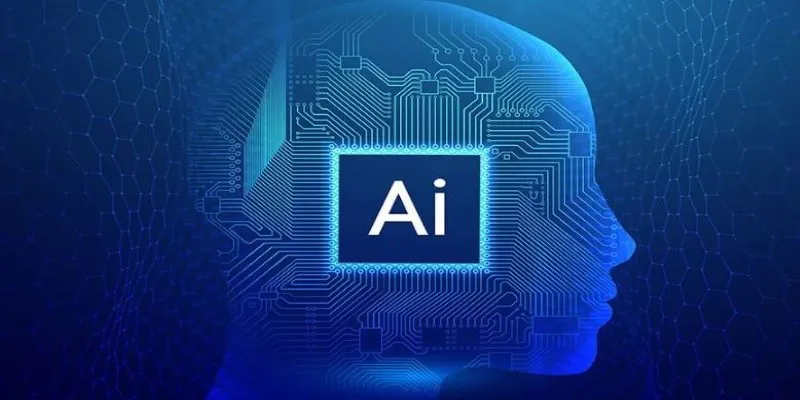
The future of AI isn’t necessarily about piling on more parameters but about making smarter models that can achieve more with less. GPT-4o Mini exemplifies this mindset, offering a glimpse into a future where AI is more accessible, more sustainable, and still highly capable. As industries continue to seek AI solutions that balance performance with practicality, smaller models like GPT-4o Mini are poised to play a larger role.
In the end, OpenAI’s move to release a compact version of its flagship GPT series isn’t just a technological decision—it’s a statement. It’s a reminder that innovation isn’t always about pushing limits in one direction. Sometimes, it’s about finding the right balance and asking the right questions. GPT-4o Mini invites us to rethink what progress means in AI. Bigger may not always be better, but smarter certainly is.
Conclusion
GPT-4o Mini marks a significant shift in AI development, proving that innovation isn’t always tied to size. By focusing on efficiency, accessibility, and sustainability, OpenAI has opened the door for broader adoption of advanced AI technologies. This compact model delivers real-world value without the massive infrastructure traditionally required for high- performance AI. As industries seek smarter, more cost-effective solutions, GPT-4o Mini offers a compelling alternative, showing that in the world of AI, bigger isn’t always better—sometimes, smaller is smarter.
 zfn9
zfn9

